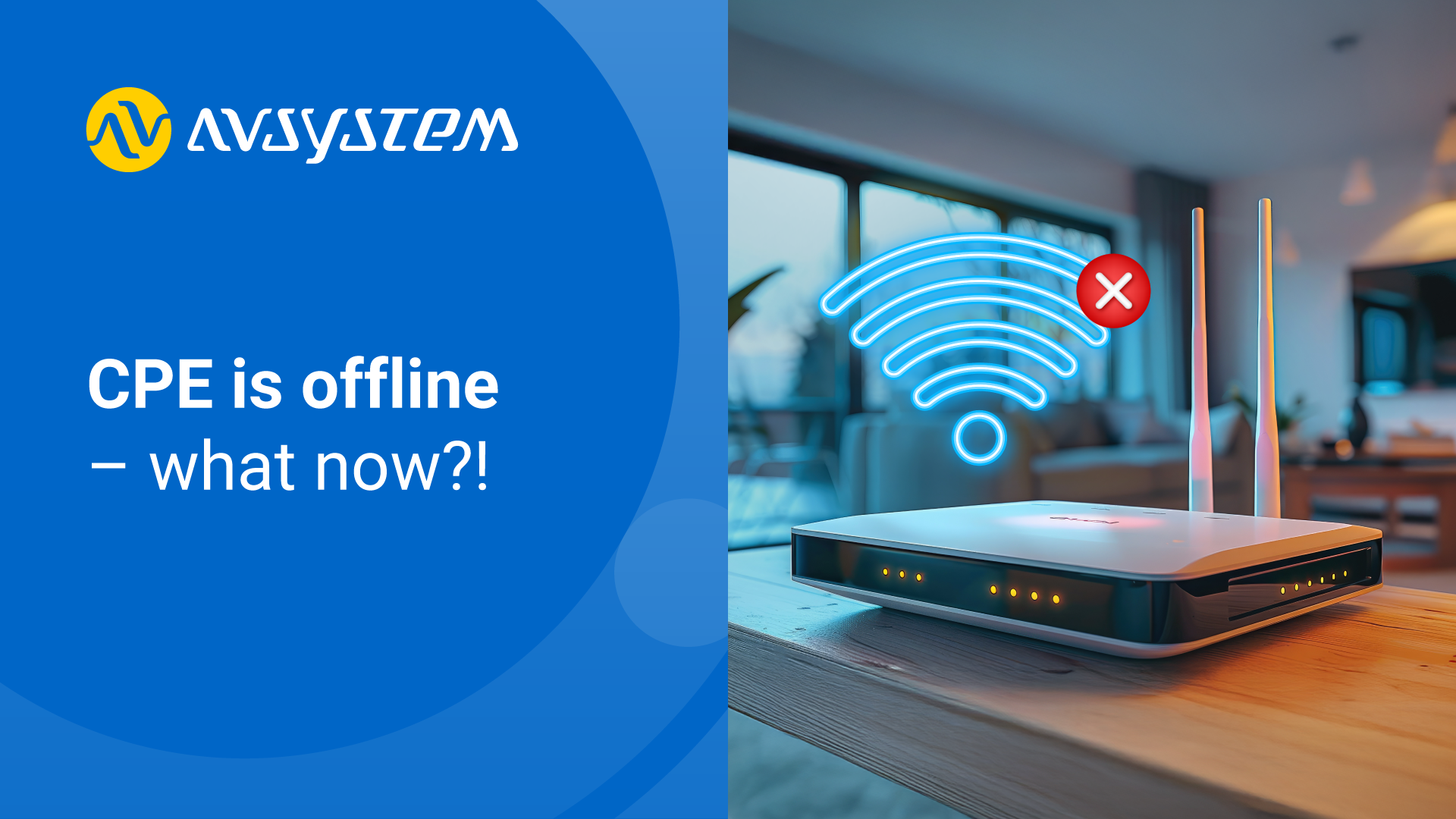In today’s highly connected world, an offline Customer Premises Equipment (CPE) can significantly disrupt service quality and lead to customer dissatisfaction. Identifying why a CPE is offline and resolving the issue quickly is crucial for maintaining a high level of service. This article delves into the common causes of offline CPEs, the process of Root Cause Analysis (RCA), and how access network devices such as OLTs, DSLAMs, and CMTS can play a vital role in troubleshooting.
Understanding the Challenge of Offline CPEs
Offline CPEs can be a major headache for service providers, leading to increased support calls, frustrated customers, and operational inefficiencies. To address these issues effectively, it is essential to use advanced network management tools like Broadband Services Assurance Platforms (BSAP), which offer real-time insights and diagnostics.
Contact us to learn how our Broadband Services Assurance Platform can optimize your network management.
Main Causes of Offline CPEs
-
Connectivity Issues:
Poor signal strength, cable disconnections, or fiber cuts are common reasons why a CPE may go offline. Environmental factors such as weather, physical obstructions, or damaged lines can interrupt the connection between the CPE and the network. -
Configuration Errors:
Problems during the provisioning process, incorrect device settings, or outdated firmware can lead to connectivity issues. TR-069 and TR-369 (USP) protocols facilitate remote management, but if improperly configured, they can cause devices to go offline. -
Network Congestion:
Heavy traffic or overloaded access networks can cause intermittent connectivity or dropped connections, making CPEs appear offline. -
Hardware Failures:
Faulty hardware components, whether in the CPE or within access network devices like OLTs or DSLAMs, can disrupt service. These failures often require physical intervention or replacement. -
Environmental Factors:
Power outages, physical damage to infrastructure, or weather-related disruptions can impact device performance, leading to offline states.
Root Cause Analysis (RCA) with Broadband Services Assurance Platform
RCA is a critical process in diagnosing why a CPE is offline. The Broadband Services Assurance Platform plays a pivotal role in this, integrating data from various network elements to provide a clear view of what’s happening across the network.
- Historical Data Analysis: BSAP collects and analyzes historical performance data, helping to identify patterns that might indicate underlying issues.
- Performance Metrics and Alerts: Real-time monitoring of key performance indicators (KPIs) allows operators to detect and respond to anomalies quickly.
- Automated Diagnostics: The platform can automate aspects of RCA, suggesting potential causes and corrective actions based on the data it collects.
_new.png)
Role of Access Network Devices in RCA
Access network devices are essential for identifying and resolving issues that cause CPEs to go offline. Here’s how they contribute:
- OLT (Optical Line Terminal):
In fiber networks, OLTs monitor the status of connections between the central office and the Optical Network Terminals (ONTs) at the customer's premises. They can detect signal loss, low light levels, or disconnections that impact CPE performance. - DSLAM (Digital Subscriber Line Access Multiplexer):
For DSL networks, DSLAMs play a crucial role in managing signal quality. They help identify line faults, noise, and attenuation issues that can cause devices to lose connectivity. - CMTS (Cable Modem Termination System):
In cable networks, CMTSs manage upstream and downstream traffic, monitor bandwidth usage, and detect signal interference. These devices are key to diagnosing issues that may cause cable modems to appear offline. - eNodeB (LTE Networks):
In LTE environments, eNodeBs manage the radio access network and can identify signal interference, coverage gaps, or overloads affecting CPE performance.

How Broadband Services Assurance Platform Assists in Troubleshooting
The Broadband Services Assurance Platform provides a unified view of the entire network, combining data from CPEs and access network devices. Here’s how it assists in RCA and troubleshooting:
- Proactive Monitoring: Continuously tracks the status of devices, providing immediate alerts for potential issues before they affect service.
- Detailed Insights: Offers granular data on device and network performance, helping operators pinpoint issues faster.
- Integrated RCA Tools: Features dedicated tools for RCA that simplify the troubleshooting process, allowing teams to quickly identify root causes and apply solutions.
Download our Broadband Services Assurance Platform brochure to learn how it can revolutionize your RCA and troubleshooting process
Best Practices for Managing Offline CPEs
- Proactive Monitoring and Maintenance:
Regularly monitor device performance and conduct maintenance to prevent offline events from occurring. - Efficient Configuration Management:
Ensure that configurations and firmware updates are consistently managed and deployed correctly to avoid common provisioning errors. - Training and Support:
Equip your support teams with the tools and training needed to leverage the BSAP for faster issue resolution, reducing the need for on-site visits.
Conclusion: The Future of CPE Management and Network Assurance
Managing offline CPEs is a complex challenge, but with the right tools and processes in place, it’s possible to streamline RCA and improve service reliability. By leveraging the Broadband Services Assurance Platform, service providers can enhance their operational efficiency, reduce downtime, and ultimately deliver a better customer experience.
